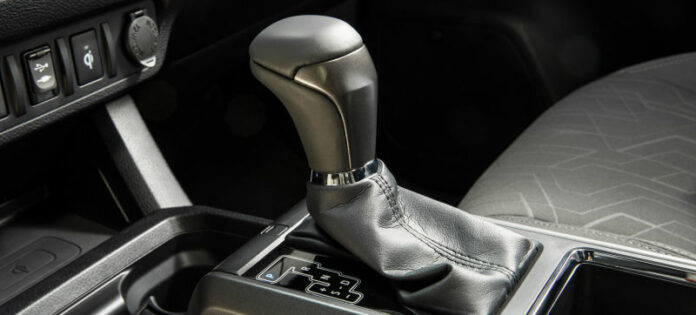BY JM BARAZA
Do you have a 2,3,4,D,N,R,P arrangement on your gear console? Here’s how to use 2,3, and 4:
2,3 and 4 are used to “lock” the automatic transmission to prevent it from shifting up. “2” will not let it go beyond 2nd gear, “3” limits it to 3rd gear and “4” to 4th.
Though you can live your entire driving life without using these lever positions (D is enough for 98 per cent of all driving circumstances), there are two situations in which to use them: a) When in need of an extra burst of power, such as when overtaking: If you are driving along in D, then you feel you need some good acceleration, stomp on the accelerator.
If the revs are too low (thus low pulling power), slide the lever into “4”. If the car was in 5th gear, it will downshift into 4th and the revs will rise and the engine will pull harder. If the transmission was in 4th gear and you select “4”, nothing happens.
In that case, slide the lever further back into 3. Same applies all the way down to 2. I’m surprised there isn’t a “1”, but you won’t need it anyway. A way in which we road testers and some brain-donor street racer-types abuse such a gearbox is to drive it like a “manual”, i.e take off with the lever in “2” instead of D.
These transmissions are programmed to work with the engine at a rev range that will yield the best fuel economy and the smoothest shifts. This rev range, sadly, does not fall within what we call the “power band” (this power band is usually found near the red line).
So the car tends to change gears at mid-range revs. By locking it in 2, the hooning driver is sure he will hit the red-line (peak power), at which point he slides the lever into 3. The gearbox, by now wondering what is going on, then goes into 3rd gear. Red line.
Slide into 4. Gearbox goes into 4th. Dial up to the red line. That is the point where we can now select D and let the gearbox do its thing. Ideal for winning a drag race in an automatic car, bad for fuel economy and gearbox life-span. Don’t try this at home.
The other situation in which these lever positions are used is even more impertinent for passenger cars: It is ideally used in pickups, heavy trucks and commercial vehicles (yes, some of these are also automatic), and that is when engine-braking.
Engine braking is when one uses the compression resistance of the engine to slow down the car. The lower the gear the transmission is in, the greater the retardation effect of the engine braking.
Engine braking is as simple as getting you foot off the accelerator when the car is in gear. The lever position (and hence gear “lock”) used depends on the severity of slope one is descending.
Very gentle slopes can be tackled in 4, and the position goes further down into 3 and 2 the steeper the downhill slant gets. So for gradients close to vertical, you had best be in 2 or L/1 if your car is so equipped.








